
Ingredient
Vanillin flavour
"The Sweet Essence: Unveiling the Magic of Vanillin Flavor"
Vanillin flavor is a synthetic compound that replicates the natural flavor of vanilla. It is commonly used in baking, confectionery, and beverage industries to add a rich and sweet taste to products. With its distinct aroma and flavor, vanillin flavor is often used as a substitute for natural vanilla extract. It is available in both liquid and powder form, and its intense sweetness makes it a popular choice for enhancing the taste of desserts, chocolates, ice creams, and pastries. The flavor is characterized by its warm, creamy, and slightly floral notes, which can elevate the overall taste profile of a dish.
Origins and history
Vanillin flavor was first synthesized in the late 19th century by German chemist Ferdinand Tiemann. It was initially derived from the compound eugenol found in clove oil, but later advancements in chemical synthesis allowed for the production of vanillin flavor from lignin, a natural polymer found in wood. This breakthrough made vanillin flavor more accessible and affordable, leading to its widespread use in the food industry. Today, vanillin flavor is produced synthetically on a large scale and is a key component in many food products.
Nutritional information
Vanillin flavor is a flavoring compound and does not contribute significant nutritional value in terms of calories or nutrients.
Allergens
Vanillin flavor is typically derived from synthetic sources and does not contain any known allergens.
How to select
When selecting vanillin flavor, look for reputable brands that use high-quality ingredients. Check the label for the purity and concentration of vanillin flavor, as well as any additional additives or preservatives. Opt for products that are packaged in airtight containers to ensure freshness and longevity.
Storage recommendations
To maintain the freshness and quality of vanillin flavor, store it in a cool, dry place away from direct sunlight. Keep it tightly sealed in its original packaging or transfer it to an airtight container to prevent moisture absorption and flavor degradation.
How to produce
Vanillin flavor is produced through chemical synthesis in specialized laboratories and is not typically produced by amateurs.
Preparation tips
Vanillin flavor can be used in various recipes as a substitute for natural vanilla extract. When using vanillin flavor, start with a small amount and gradually increase to achieve the desired taste. It is important to note that vanillin flavor is more potent than natural vanilla extract, so adjust the quantity accordingly. Additionally, vanillin flavor can be added to baked goods, beverages, and desserts during the cooking or mixing process to evenly distribute the flavor.
Substitutions
Natural vanilla extract can be used as a substitute for vanillin flavor, although the flavor profile may differ slightly. Other alternatives include vanilla bean paste or vanilla powder, which provide a more authentic vanilla taste.
Culinary uses
Vanillin flavor is commonly used in baking, confectionery, and beverage industries. It is often added to cakes, cookies, muffins, and other baked goods to enhance their flavor. Vanillin flavor is also a key ingredient in chocolates, candies, ice creams, and milkshakes, providing a sweet and aromatic taste. Additionally, it can be used in beverages such as coffee, hot chocolate, and cocktails to add a hint of vanilla flavor.
Availability
Vanillin flavor is widely available in grocery stores, supermarkets, and online retailers worldwide.
More ingredients from this category » Browse all
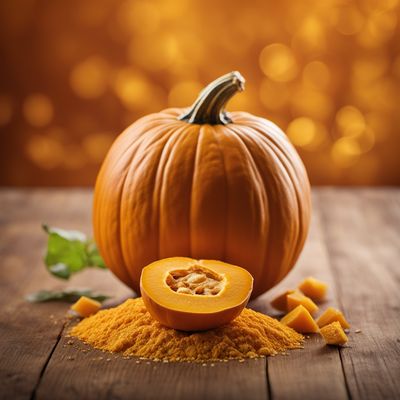
Pumpkin flavour
The Enchanting Essence: Pumpkin Flavour

Chocolate flavour
Decadent Delight

Almond flavour
"The Nutty Elixir: Exploring the Delicate Allure of Almond Flavour"

Rum-raisin flavour
The Irresistible Essence of Rum-Raisin
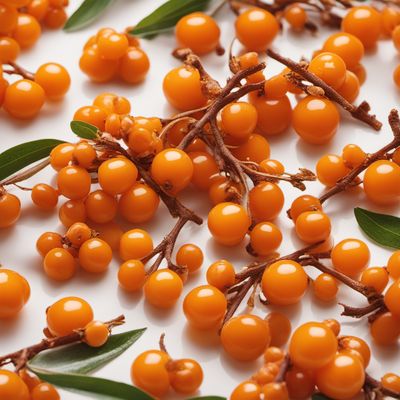
Sea buckthorn flavour
The Tangy Elixir

Wasabi flavour
"The Fiery Elixir: Unleashing the Power of Wasabi Flavour"

Mocca flavour
"The Perfect Blend: Unveiling the Magic of Mocca Flavor"
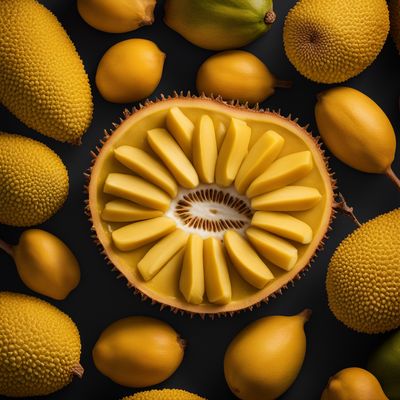
Jackfruit flavour
The Tropical Delight
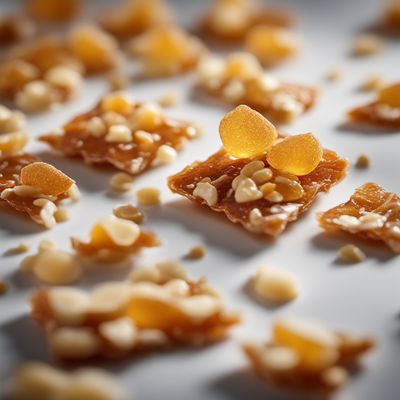
Brittle flavour
The Delightful Crunch: Exploring the World of Brittle Flavor
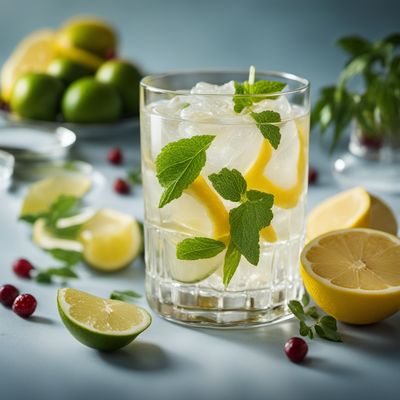
Gin flavour
The Essence of Gin

Anise flavour
Anise: The Licorice-Like Aromatic Herb
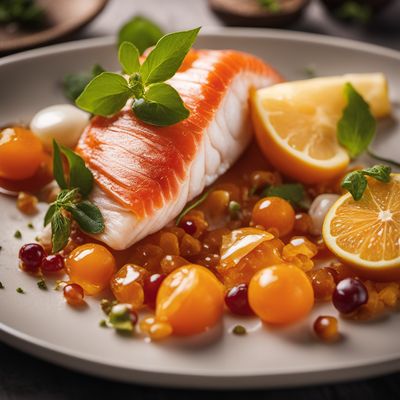
Fish flavour
"The Ocean's Symphony: Exploring the Delicate and Savory Fish Flavour"